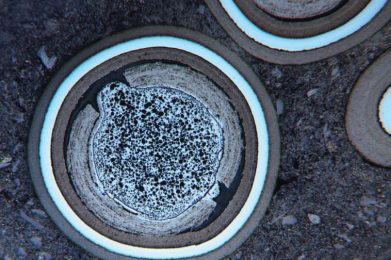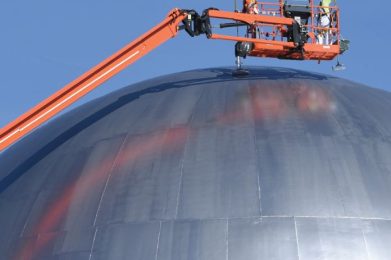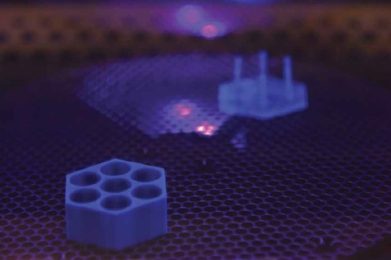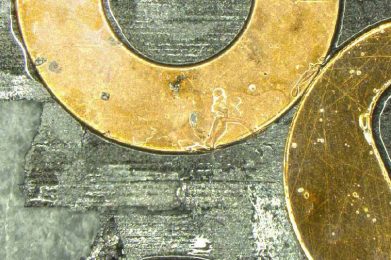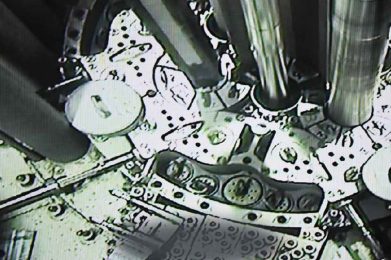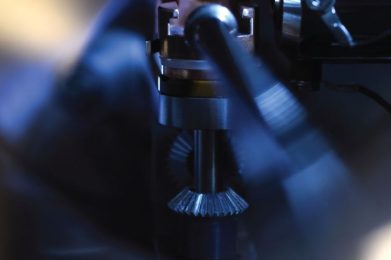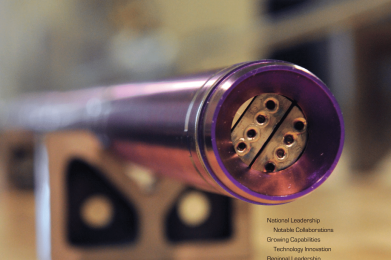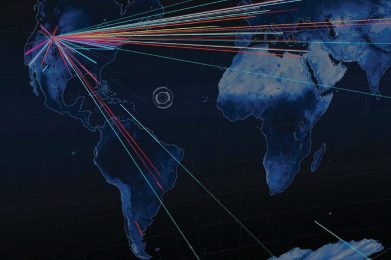R&D Impacts
FY21
Research, development and demonstrations that are changing the world’s energy future
INL’s strategic science and technology initiatives advance energy and security goals. These initiatives will help America achieve a low-carbon energy future that fully realizes the game-changing potential of nuclear energy. The energy systems of the future will require disruptive innovations in advanced materials and manufacturing for extreme environments, and inherently resilient and secure cyber-physical infrastructure.
In Lab’s History
FY 2021
Since 2005
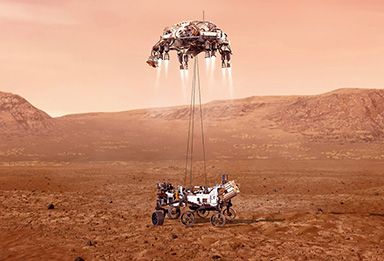
Powered Mars exploration
After a seven-month flight, the Perseverance rover landed on Mars on Feb. 18, 2021, and is now exploring the Martian surface. The rover is collecting data to support a variety of scientific analyses, including the ongoing effort to determine whether the red planet may have once hosted microbial life. Its power source was assembled, tested and delivered by INL’s Space Nuclear Power and Isotope Technologies division. The generator uses decay heat from nuclear material to produce electricity. The unit installed on Perseverance powers the rover’s movement and instruments and keeps the system warm enough to endure the Martian environment, where surface temperatures can fall to more than 200 degrees F below zero.
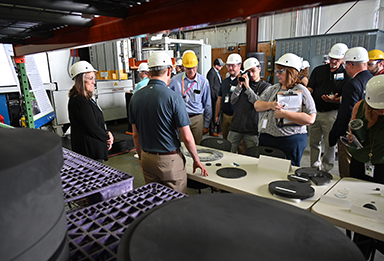
Modernizing advanced manufacturing
INL unveiled first-of-its-kind electric field assisted sintering technology in the form of the world’s largest direct current sintering equipment. The DCS-800 will allow for more efficient manufacturing, at industrial-length scales, of metals and ceramics using a process that produces lower carbon emissions. The manufactured materials are designed to withstand extreme conditions. Such materials must meet exacting specifications for use in technologies such as wind turbines, spacecraft, nuclear energy, protective systems and hydrogen cells.
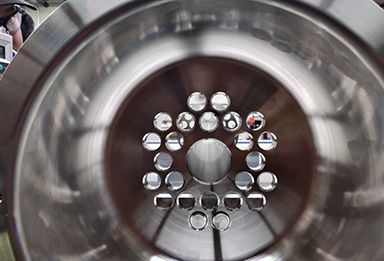
Built microreactor prototype
The Microreactor Applications Research Validation and Evaluation (MARVEL) project is an initiative to demonstrate microreactor technology, including how it performs on a microgrid, and determine its suitability for a range of non-electric applications including hydrogen production. The finished reactor will be the first microreactor demonstrated and deployed. The MARVEL team designed, fabricated and built a full-scale, electrically heated prototype of MARVEL within nine months.
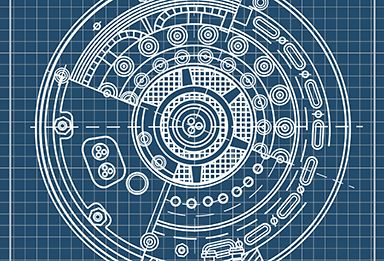
Supported reactor developers
INL’s industry partners competed successfully for Department of Energy funding that supports advanced reactor development. INL partnered with two commercial reactor developers that won Advanced Reactor Demonstration Program (ARDP) awards totaling $160 million: TerraPower LLC for its Natrium sodium-cooled high-temperature reactor design, and X-energy for its Xe-100 high-temperature gas-cooled reactor design. INL also is a partner on all five ARDP Risk Reduction awards, and two of the three Advanced Reactor Concepts 2020 awards. These partnerships are an essential way that INL helps accelerate commercialization of advanced reactors.
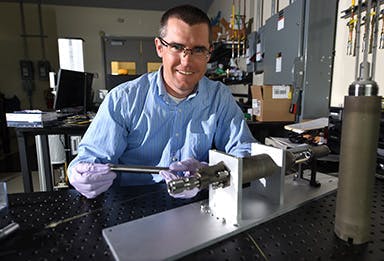
Made nuclear fuel via additive manufacturing

Revolutionized nuclear fuel modeling
A game-changing modeling code earned a place among the prestigious R&D 100 Awardees in 2021. Bison is a flexible, next-generation nuclear fuel performance analysis code unique in its ability to analyze fuels of varying types and geometries in one, two or three dimensions. By making advanced simulation more accessible to nuclear engineers, Bison will help enhance the safety, effectiveness and efficiency for both existing and next-generation reactors. The R&D 100 Awards celebrate technology research and development across the public and private sector, with awardees selected by a panel of industry-leading expert judges.
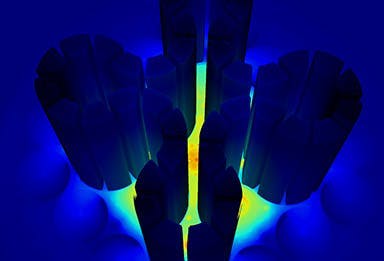
Earned two Nuclear Technology takeovers
Nuclear Technology is the leading technical publication for the American Nuclear Society. The July 2021 issue was devoted to MOOSE, a computational framework developed at INL. MOOSE enables high fidelity simulations that produce results extremely close to what happens in real life, making sophisticated analysis easier for everything from cutting-edge plastics to advanced nuclear fuels. The November 2021 issue was devoted to INL research related to seismic design, which makes nuclear plants safer. The special issue highlights the importance of seismic and civil engineering research in reducing the capital costs of the next generation of nuclear power plants.

Demonstrated new power grid security technology
INL researchers designed and demonstrated a new technology to detect and block cyberattacks on power grid operations. The Constrained Cyber Communication Device uses advanced communication capabilities and artificial intelligence to block cyberattacks targeting digital relays. Relays command breakers to turn off electricity when a disturbance or fault on the grid is detected. However, relays are not able to detect the speed and stealth of cyberattacks. After nearly a year in development, lab researchers used INL’s power grid test bed to demonstrate the effectiveness of the device during a full-scale experiment.
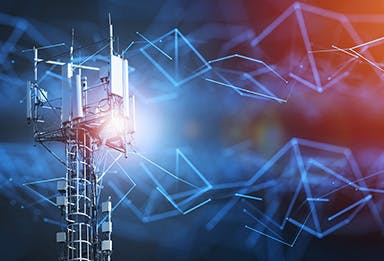
Led the way in 5G wireless security

Helped correct GE cyber vulnerability
INL researchers supporting the Department of Energy’s Cyber Testing for Resilient Industrial Control Systems (CyTRICS) program discovered and resolved a major cyber vulnerability found in General Electric energy systems equipment. Researchers discovered the vulnerability throughout a particular family of products and developed a fix for critical utility owners and operators. The U.S. Department of Homeland Security (DHS) said this vulnerability could have allowed an attacker to carry out several high-consequence actions, any one of which could have disrupted the flow of electric power to the public. INL leads the CyTRICS program with support from five other national laboratories.

Confirmed major security flaw
More than 200 million vehicles, medical devices, factories and critical infrastructure contain a flaw that could allow hackers to disrupt operations and take devices offline. Microsoft originally discovered the BadAlloc flaw, which INL experts validated at the request of DHS. The vulnerability impacted multiple vendors, including Blackberry Corporation, which did not believe the vulnerability affected its systems and declined to make a public disclosure. Officials at DHS’ Cybersecurity and Infrastructure Security Agency asked INL’s disclosure team to provide an independent analysis of Blackberry’s stance. Laboratory researchers were able to penetrate Blackberry devices using the flaw, convincing the company to make a formal public disclosure.
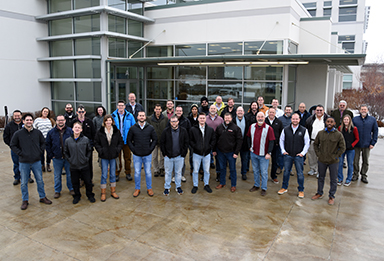
Licensed cybersecurity method
For INL’s Consequence-driven, Cyber-informed Engineering methodology, 2021 may be remembered as a breakout year. The lab-developed method, which employs a “think-like-the-adversary” framework to secure vulnerable infrastructure systems from cyberthreats, was licensed four times by private companies: water engineering firm West Yost, construction and engineering firm Burns and McDonnell, London-based cybersecurity firm Observer Solutions, and construction and engineering firm Black and Veatch. In August, INL hosted its first in-person training workshop, with licensees to begin rolling out the methodology to global audiences.

Designed software to inform irrigation modernization
Investing in irrigation systems can transform agricultural infrastructure into a system that conserves water and energy, supports broadband communications in rural areas, and protects wildlife habitats. Yet analyzing the benefits and costs can be a daunting, expensive task for small water districts. That’s why INL partnered with Pacific Northwest National Laboratory to build a user-friendly software tool for decision-makers. IrrigationViz helps them identify the most environmentally and financially efficient irrigation methods for their crops. Using IrrigationViz to upgrade irrigation infrastructure could lead to more local jobs, higher profit for farmers, greater investments in rural communities and increased water supply for distinct uses.

Showed how hydropower can support emergency services
After a winter storm created a regional blackout that left thousands of residents without power, the city of Idaho Falls asked INL to collaborate on a solution. The city-owned utility has five hydropower plants, which together generate about a third of the city’s electricity. However, small hydropower plants like these can’t restart a local grid on their own, largely because they can’t quickly respond to changing demand. The solution proved to be two six-megawatt load banks, essentially large batteries, that store and release electricity on demand. Using INL technology, the team proved the city could continue powering emergency services during a blackout.
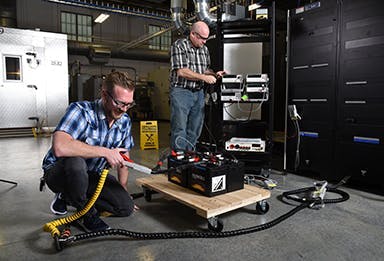
Used machine learning to spot batteries going bad
Lithium-ion batteries wear out gradually, but operating conditions speed up that process. Fast charging can recharge an electric vehicle battery in minutes but also rapidly age it. INL has performed fast-charging tests on hundreds of cells, creating a mountain of data. Hidden within it were telltale early signs of lithium plating, one driver of battery aging. A machine learning approach using multiple electrochemical signatures made it possible for researchers to spot the signs of lithium plating. Armed with that knowledge, battery manufacturers could make changes to prevent lithium plating and minimize its contribution to premature aging.
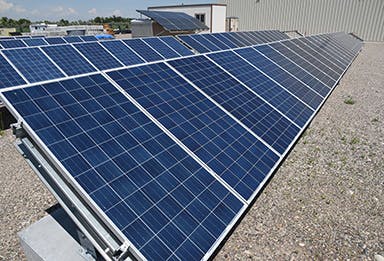
Launched Net-Zero Microgrid program
A new Net-Zero Microgrid program will research carbon-free solutions that offer enhanced resilience to critical infrastructure, supporting the U.S. and the entire globe, including underserved communities. Microgrids are increasingly trusted as a source of uninterrupted power for public services like transportation, health care and emergency response centers. Some of them have a reduced carbon footprint, which helps achieve U.S. emission goals and a net-zero carbon economy. INL’s Net-Zero Microgrid program will conduct cross-cutting research across multiple energy resources to accelerate removal of carbon-emitting technologies.
Previous R&D Impacts
2020 R&D Impacts
2019 R&D Impacts
2018 R&D Impacts
2017 R&D Impacts
2016 R&D Impacts
2015 R&D Impacts
2014 R&D Impacts
2013 R&D Impacts
2012 R&D Impacts
Not finding what you are looking for? Please send your question to [email protected].

